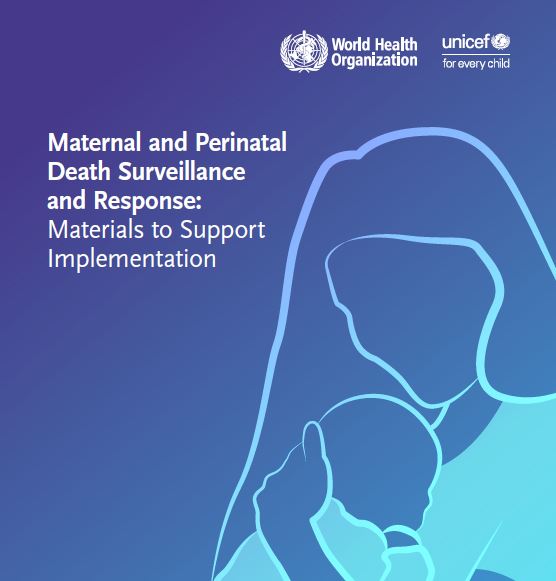
The purpose of these implementation tools is to provide a roadmap for conducting Maternal and Perinatal Death Surveillance and Response (MPDSR) in clinical and policy settings, as described in the two World Health Organization (WHO) guides entitled Maternal death surveillance and response (MDSR): technical guidance information for action to prevent maternal death (2013) and Making every baby count: audit and review of stillbirths and neonatal deaths (2016).
These two guides provide approaches to respond to maternal and perinatal death cases to help end preventable maternal deaths, stillbirths and newborn deaths. Bringing the death review process together has the potential to promote successful partnerships at different levels that can lead to real change for communities and nations.
MPDSR involves qualitative, in-depth investigations of the causes and circumstances surrounding maternal and perinatal deaths. This process is an integral part of quality of care improvement efforts to reduce maternal deaths, as well as preventable stillbirths and neonatal deaths.
The MPDSR process relies on the effective identification of reporting and assigning causes of deaths, identifying actions that may contribute to the prevention of further deaths, assigning those actions to particular groups or individuals, designating time frames for completion of those actions, and following up to ensure that those actions have been taken.
